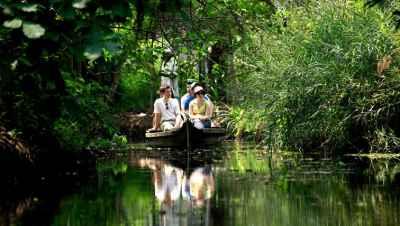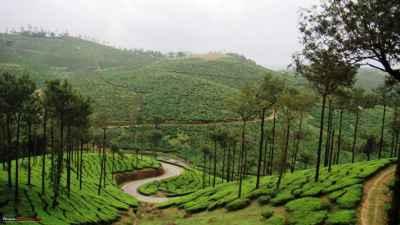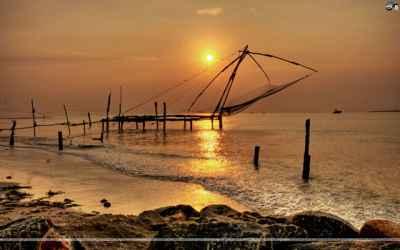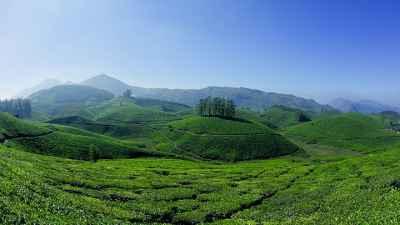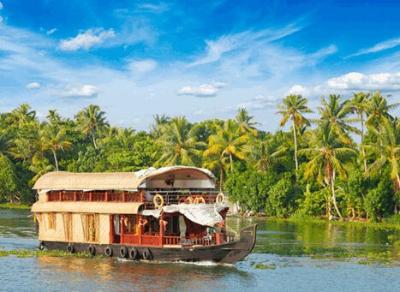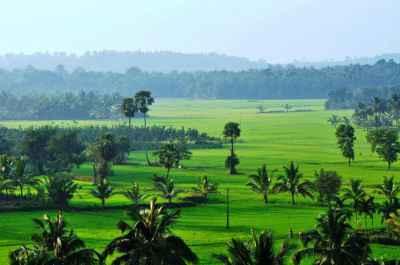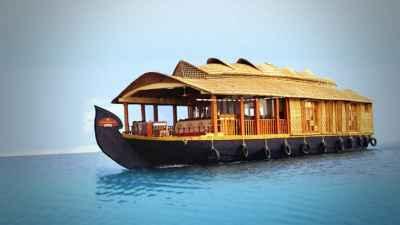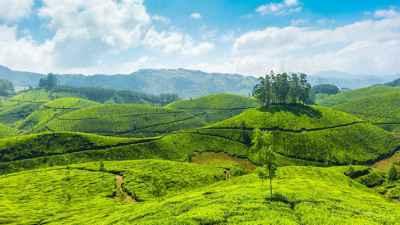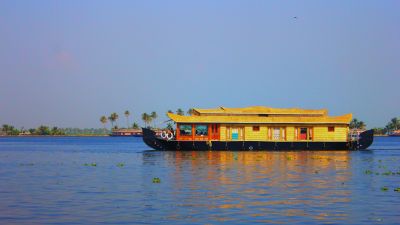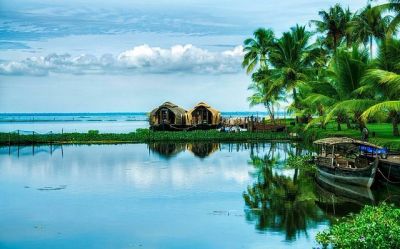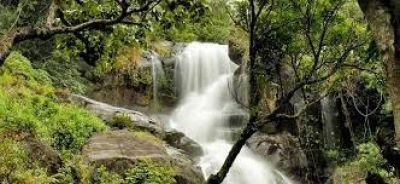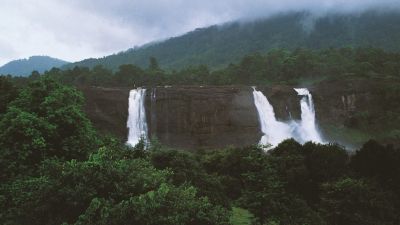The Fishing Nets of Cochin: A Cultural Icon
The Fishing Nets of Cochin: A Cultural Icon
When you think of Cochin, also known as Kochi, in Kerala, India, what comes to mind? The quaint backwaters, the aromatic spice markets, or the bustling city filled with colonial remnants? While all of these are indeed a part of Cochin's charm, one cannot overlook the fascinating icon that defines the city's fishing heritage – the Chinese fishing nets. These enormous fishing nets are not only a functional tool for local fishermen but also a cultural symbol that has come to represent the spirit of Cochin.
The History of Chinese Fishing Nets
The Chinese fishing nets, known as 'cheena vala' in the local Malayalam language, have a history that dates back over 500 years. It is believed that these nets were introduced to the Malabar Coast by Chinese traders during the reign of the famous Chinese explorer Zheng He. Over time, the local fishermen adopted these nets and integrated them into their traditional fishing practices.
Each fishing net is made up of a massive cantilever structure made of bamboo and teak wood. A counterweight system, consisting of large stones tied to ropes, helps balance the nets. The nets are operated by a group of skilled fishermen who lower and lift the nets into the water using a system of pulleys and levers. It is a spectacle to watch these fishermen working together in perfect harmony, creating a rhythmic motion that is captivating to behold.
Location and Best Time to Visit
The Chinese fishing nets are primarily located along the coastline of Fort Kochi, a historic neighborhood in Cochin. The best time to visit these nets is early in the morning, around sunrise or late in the afternoon, during sunset. Not only do these timings offer the best lighting for photography, but they also give you the chance to observe the fishermen in action as they set out for their daily catch.
The Fishing Process
The technique used with the Chinese fishing nets is quite unique. The nets are slowly lowered into the water and left in place for a specific period, allowing fish to get caught in them. The nets are then carefully lifted out of the water by the fishermen using their combined strength. It is fascinating to see the variety of fish that are caught in these nets, including popular local favorites like Pearl Spot, Prawns, and Crabs.
A Cultural Spectacle
The sight of the fishing nets in operation is not just a fishing technique but a cultural spectacle that has been passed down through generations. It is a testament to the resilience of the local fishing community and their commitment to preserving their traditional way of life.
Besides being an essential part of Cochin's fishing industry, the Chinese fishing nets have also become a major tourist attraction. Visitors flock to the shores of Fort Kochi to witness the mesmerizing sight of these massive nets against the backdrop of the Arabian Sea. Many locals also gather around the fishing nets, eager to buy the fresh catch directly from the fishermen.
Exploring Fort Kochi
While visiting the Chinese fishing nets, take the opportunity to explore the charming neighborhood of Fort Kochi. This historic part of Cochin is known for its colonial architecture, quaint streets, and vibrant art scene. You can stroll along the famous Jew Town, visit the iconic Mattancherry Palace, or indulge in some delicious local cuisine at one of the many waterfront restaurants.
Conclusion
The Chinese fishing nets of Cochin are more than just tools to catch fish; they are a living testament to the rich cultural history of the city. Standing tall against the changing tides of time, these iconic fishing nets continue to attract visitors from all over the world. So the next time you find yourself in Cochin, be sure to head to Fort Kochi and witness this cultural marvel.
If you enjoyed this article, please share it with your friends and fellow travelers!
Disclaimer : The information provided in this blog is for general informational purposes only. While we strive to keep the content accurate and updated, TravelSetu assumes no liability for errors or omissions. If you believe any part of this blog infringes your rights or causes concern, please notify us immediately at info[at]travelsetu[dot]com so that appropriate action can be taken.
